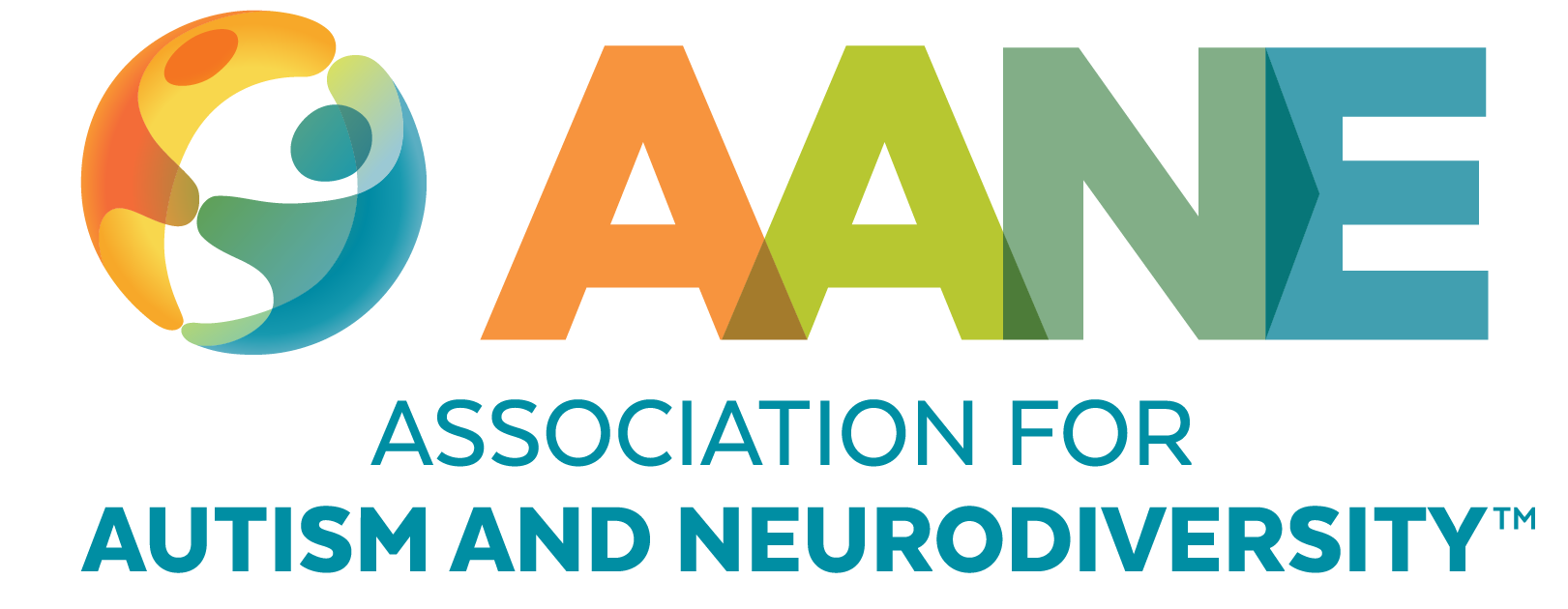
Driving with Autism — Five Things Your Driving School Won’t Teach You
About the Presenter
Andrew Arboe is a self-advocate who has over five years of professional autism/special education experience. Andrew works as a teacher assistant at FOCUS Center for Autism in Canton, Connecticut and at Anderson Center for Autism as a Consultation Training Associate. Andrew graduated from Manchester Community College with an associate degree as a Disability Specialist. Andrew is attending Charter Oak State College for a bachelor’s degree in psychology.
Driving schools cover a wide range of topics, such as traffic laws, road signs and traffic signals, road safety rules and more. Driving lessons may start out in a parking lot, progress to local roads, then highways, and crowded city streets. There are even specific driving school services that help parents supervise their teen’s or young adult’s driving practices.
Not a lot of research has been done on what’s the best way for Autistic individuals to learn how to drive or to cope with some of the ongoing challenges of driving. In this webinar, we take more of a “grassroots” approach. We know what helps Autistic individuals learn to drive and be successful at it, because we are those individuals. Most driving schools aren’t usually equipped with an autism-friendly curriculum, so this webinar outlines five things that driving schools forget to teach, but are essential to the driving success of autistic driving students:
- Identifying & Tapping into your Motivation
- Understanding the Financial Realities of Driving
- Coping with the Unexpected & Managing Anxiety
- Managing Sensory Overload
- Handling Police Interactions & Safety
Watch the trailer below. To view the entire recording:
- Click the rental button in the upper right corner of the viewing window below.
- Create a Vimeo username and password or use your existing credentials and log in.
- Enter your payment information.
- For financial assistance, contact [email protected] to receive a discount promo code.
Language Disclaimer: Over the decades, many different terms have been used to discuss autism. AANE is shifting to identity-first language and the term “Autistic” to describe our community, but we continue to respect each individual’s choice of language to describe their own neurotype. Even though this presentation was made before our language shift, we have decided to continue to share it for its valuable information and insight. Learn more about our language and history.
Stay Current
Subscribe for AANE weekly emails, monthly news, updates, and more!





